Steam Boiler Water Quality Standard
According to the characteristics of boiler structure and the requirements of operation parameters, it is of great significance to determine the reasonable boiler feed water and boiler water quality, to prevent the scale and corrosion of boiler and to ensure the quality of steam. When the steam boiler is used, usually supporting water treatment work, in fact, this is to take effective measures to ensure the quality of steam and water boiler, boiler scale, corrosion and steam pollution and other adverse phenomena occur.
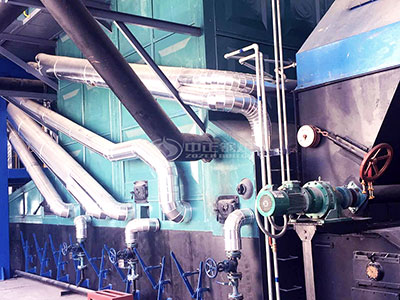
For general steam boiler feed water quality, it is stipulated that the total hardness of soft water should be controlled within 0.03mMO /L, which is also the main design parameter of softened water equipment. In addition, the water output of the softened water equipment should meet or be greater than the boiler evaporation capacity, the operating pressure of the softened water equipment, the number of periodic water production (working exchange capacity), is determined by the total hardness of the raw water content through conversion.
Water Quality Requirements for Steam Boilers
- When the rated evaporation capacity of the boiler is greater than or equal to 6t/h, the boiler shall be degelled. For boilers rated at less than 6t/h, if local corrosion is found, water supply should be deoxidized. For boiler feed water, the oxygen content of boiler feed water. Should be less than or equal to 0.05mg/L.
- If it is difficult to determine the dissolution of the solid, it can be controlled indirectly by measuring the conductivity or chloride ion (C1-), but the relationship between the dissolved solid and the conductivity or chloride ion (Cl-) should be based on the test. The ratio relationship should be periodically retested and corrected.
- The relative alkalinity of all welded boilers cannot be controlled.
- MPa hot water boiler and steam water boiler (such as steam, water quality without special requirements) can also be used in the pot. However, it is necessary to supervise the scale, scale and water quality of the steam hot water boiler, and to do a good job in sewage and cleaning.
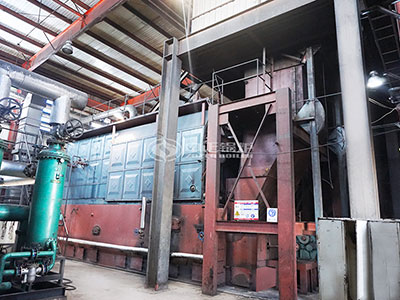
Boiler water can be divided into: raw water, feed water, make up water, furnace water, cooling water and sewage discharge, etc.
- Raw water: raw water is the source water of the boiler, namely raw water. The raw water mainly consists of river water, lake water, reservoir water, well water and municipal tap water.
- Feed water: The water directly into the boiler is called feed water. Water supply is usually a mixture of supply water and production water.
- There are generally the following types of make-up water:
- Softened water: water in which the total hardness of raw water is eliminated to a range, but the total content is basically unchanged.
- Dealkalinity softening water: Water that reduces the hardness and alkalinity of raw water to a certain degree at the same time.
- Debrine: Water in which strong electrolytic salts, which can be easily removed, are reduced to a certain extent.
- Backwater: when the heat energy of hot water or steam is utilized and the condensate and low-temperature water is not polluted, it should be recovered and recycled as far as possible to reduce the make-up water and improve the water quality. This fraction of water is called backwater.
- Boiler water: Water in an operating boiler system.
- Cooling water: Water used to cool certain parts of the boiler.
- Sewage discharge: In order to remove impurities in the furnace water and maintain the quality of the furnace water, the water that needs to be discharged regularly or continuously.
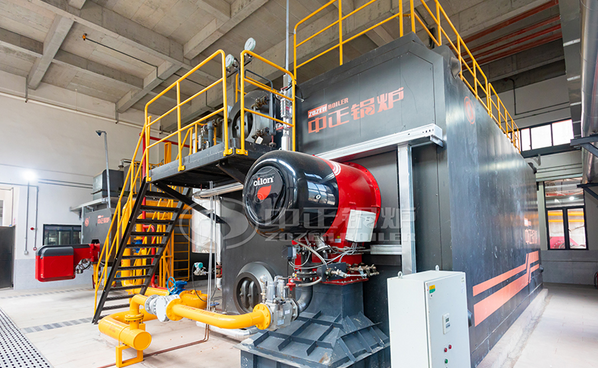

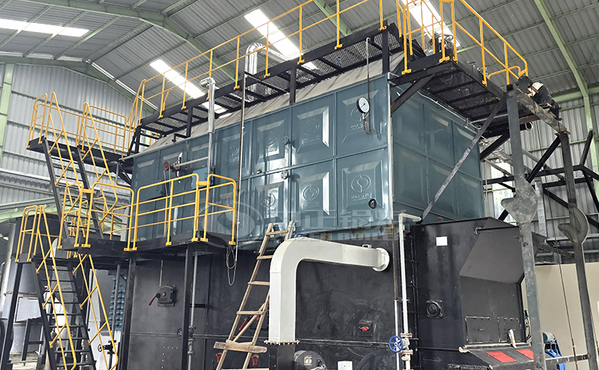
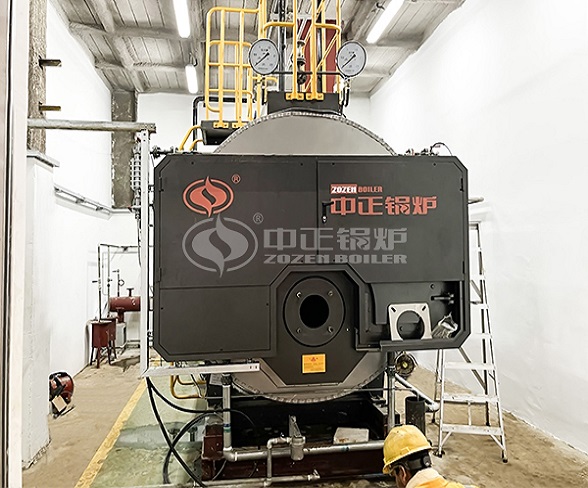
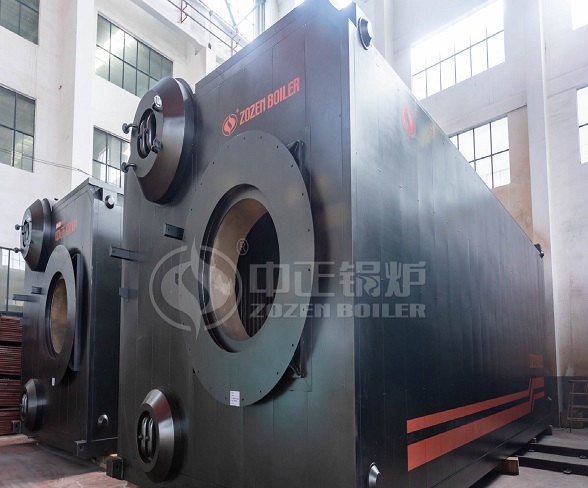
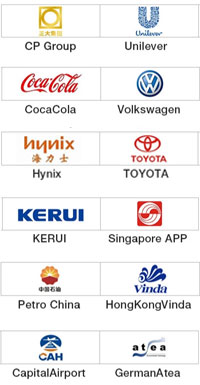

LEAVE A MESSAGE
For all inquiries, please fill in the form below (* are required) to send us a brief message, and we will get back to you as soon as possible.